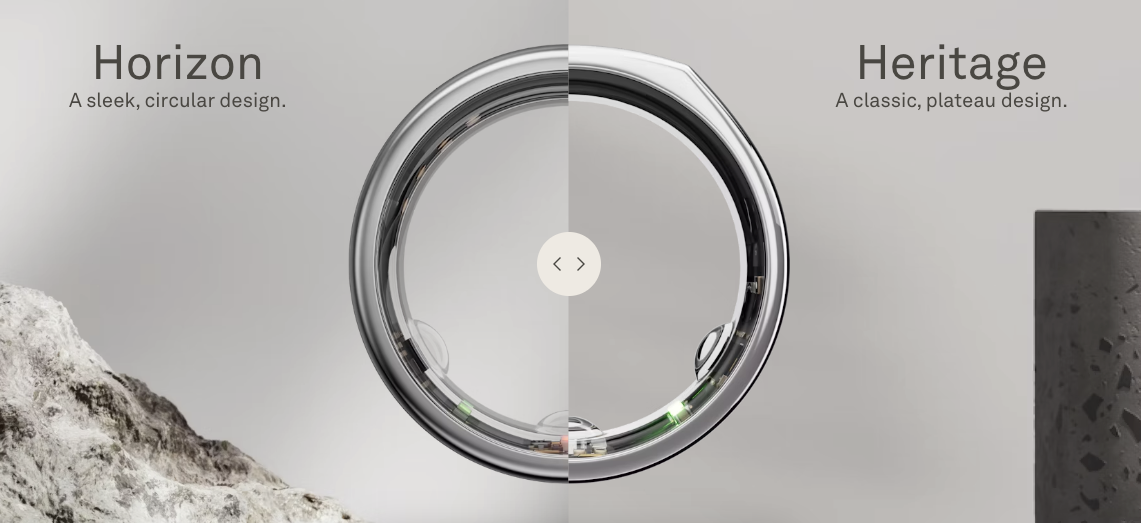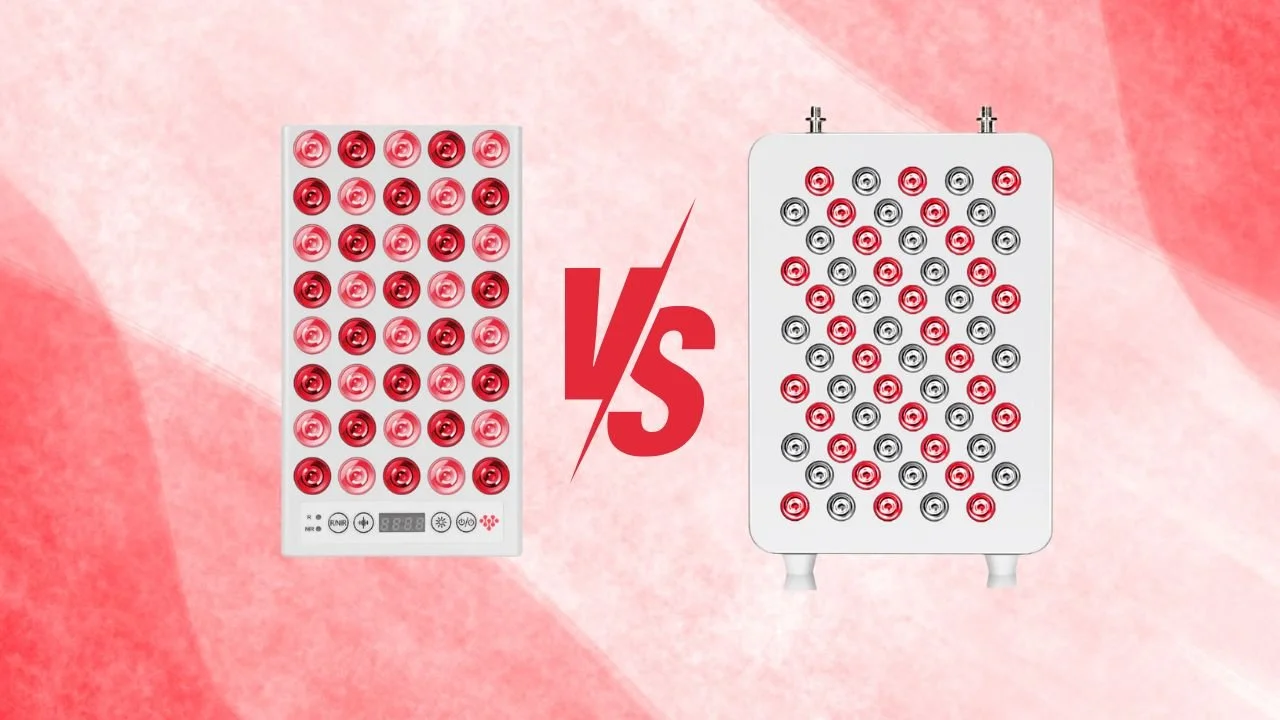Are You A Mouth Breather? 3 Easy Ways To Breathe Your Way To Faster Recovery
Are you a mouth breather?
Mouth breathers are always portrayed as the unintelligent, unhealthy, unsavoury character in ads, movies or TV shows. We believe there is a reason for that! Read on to stop being a mouth breather…
Breathing is one of the bodily mechanisms which fall under the autonomic nervous system. It is essentially regulated without us having to consciously pay any effort in maintaining its rhythm. When we sleep, during exercise and day to day, our respiration increases and decreases in relation to the stressors placed upon the body and the requirement for oxygen. It is this automaticity of the breath that also allows us to become somewhat lazy in our breathing habits. We are a society predominantly of mouth breathers and it is killing us softly.
Conscious Breathing
Luckily, there are experts in this field that have devoted their lives to researching and analysing the breath and all of its intricacies. The breath/breathing is not a new function and it has most definitely been a focus of many ancient practices such as yoga. In yogic practice, the focus on the breath is called pranayama. In Sanskrit, “prana”, meaning life energy and “yama”, meaning control.
In some tribal cultures there is evidence of strict nasal breathing practices in recognition of the power of a particular way of breathing. Referencing this brilliant article about Conscious Breathing:
“Catlin noted that all the Indian tribes he met breathed through their nose both day and night, whereas white people, to a large extent, were mouth breathers. According to Catlin, the method of breathing was the cardinal difference between the Native American’s strong and healthy population compared to the “civilized” man with his deteriorated health and short lifespan.”
Conscious Breathing is a fantastic bit of knowledge on this subject and is available here.
On average, a person at rest takes about 16 breaths per minute. This means we breathe about 960 breaths an hour, 23,040 breaths a day or 8,409,600 a year. Needless to say, despite the lack of thought required to breathe, the amount of breaths we take would suggest that it is a good idea to make them good ones.
We have two options, to breathe through our nose (nasal breathing), or to breathe through our mouth (oral breathing). So which do you do? Often people are not even aware of their breathing habits. The best way to look at the mouth is a back-up breathing option. From an evolutionary perspective, the nose is designed as the primary breathing space due to its design and the way it filters the air of dust and pollution, while warming the air to a suitable temperature. The production of nitric oxide in nasal breathing is also a fundamental reason pointing to the beneficial effects of nasal breathing in its ability to sterilise the air and improve oxygen absorption, it is a relaxant as well as a host of other mechanisms outlined here.
Let’s Get To The Chase With Mouth Breathing
TedX - Shut Your Mouth and Change Your Life
In this article, we will touch on 3 ways to fix your mouth breathing habits and include some alarming information about why you should take note, because mouth breathing is potentially killing you slowly (while you sleep).
1. Mouth Taping
Consistent mouth breathing can literally change the structure of your face over time and can lead to a plethora of other negative physiological responses. Take a look around you next time you are in public. When you spot a chronic mouth breather, take note of the state of their general health. Consistent mouth breathing places us in a state of hyperventilation which can lead to oxygen deficiency and, in turn, health deteriorates. At night, when we are supposed to be recovering, if we have a gaping mouth we are not giving ourselves a chance of optimal sleeping conditions or optimal rest.
Never fear…mouth tape is here.
This may seem like a slightly odd practice to most if it is not something you have looked into, however it is a very helpful practice that has changed peoples lives!!
It is a very basic habit that if done consistently and correctly can contribute to better overall breathing habits through training the lips to remain shut for a large portion of the day (approximately ⅓ of your life if you are getting 8 hours sleep - quick math!)
It is important to use the correct tape, one that is not going to rip off the skin, preferably a hypoallergenic surgical tape like the one by 3M which is the one we use.
The process of taping is explained by Dr. Mark Burhenne, a sleep specialist, author and dentist, in the video below and simply involves placing a small strip of the surgical tape across the mouth before sleep and removing it upon waking. This practice is still possible with facial hair, no problem.
Mouth taping explained by the expert.
*PRO TIP*
If you are using a sleep tracking device or wearable like the Oura Ring or the SleepOn Go2Sleep tracker that we have been loving and using, it is worth taking note of your data over a period of time that you are also mouth taping to see your results. They will blow you away.
2. Mindful Breathing
As we previously mentioned, the process of breathing is an easy one to just let happen without any deliberation. But, if you are serious about your health and recovery like we are at the Guru, that's not good enough.
Practices like mindful breathing are extremely simple and effective and create habits. Mindful breathing practice refers to a number of things. Firstly, we have the ability to breathe into a number of different spaces in the body. It is highly likely that mouth breathers are generally breathing exclusively into the chest. This creates tension and increases anxiety. Alternatively, we can also breathe into our belly and use the diaphragm to direct the breath mindfully. Deep breathing is a practice that can actively reduce stress and according to this study can actually improve cognitive function, cause a reduction in symptoms of anxiety and encourage overall positive thought processes.
1 minute breathing exercise explained by Headspace
Try These Basic Mindful Breathing Practices Anywhere
Box Breathing Method
In this breathing practice we are attempting to have an equal part inhale, hold, exhale and hold, then repeat for as many rounds as necessary. The timing can be based on your lung capacity but 4 seconds is a great place to start.
Inhale for a count of 4, hold your breath for a count of 4, exhale for a count of 4, wait at the very end of the exhale for a count of 4, and repeat.
Alternate Nostril Breathing
This practice is a traditional yoga pranayama and focuses on balancing the right and left hemispheres of the brain, best practiced sitting in a strong upright position in a comfortable place.
Place the thumb of the right or left hand and close off one nostril, inhaling completely through the unblocked nostril.
At the top of the breath, place the ring finger on the other nostril and the thumb exhaling slowly.
Repeat this cycle switching nostrils on the inhale and exhale.
Fire Breath
This breathing method is also a purely nasal breathing method. Best practiced sitting with a tall spine, Fire Breath, as the name suggests, is a strong invigorating and energising practice.
Take a slow and deep breath in and out through the nose then at the bottom of the exhale begin to ‘pulse’ the breath through the nose using the diaphragm to press the breath out, naturally and automatically allowing the inhale to occur (also through the nose).
Continue for approximately 2 minutes if tolerable or 50 cycles.
Test Your Breathing Volume or Carbon Dioxide Tolerance
Control Pause or BOLT Test
These breathing tests have been designed by experts in the field and both effectively measure our ability to utilise oxygen or our carbon dioxide tolerance, which are seen as a direct comparison to the amount of breathlessness that one would experience during exercise and a formidable measure of health and wellness.
The Body Oxygen Level Test and Control Pause are very similar techniques to test carbon dioxide tolerance and essentially breathing volume.
Take a small, silent breath in and a small, silent breath out.
Hold your nose with your fingers to prevent air from entering your lungs.
Count how many seconds until you feel the signs of air hunger or an urge to breathe.
When you first feel the urge to breathe, you may also experience some involuntary jerking or gulping feeling in the diaphragm and possibly neck contractions, this is absolutely normal.
Once you need to inhale, release the nose and breath slowly through it.
As a guide, a 40 second or more hold is seen as an ideal time that indicates healthy breathing habits and a high carbon dioxide tolerance. To increase the BOLT or CP score breathe less, breathe slowly and breathe through the nose (even during exercise).
Image credit: BUTEYKO CLINIC
3. Posture
Poor posture is an extremely common ailment in today's population. With the majority of us spending the vast majority of our precious time sitting in cars, on our devices or hunched over a desk squinting at a computer screen, it is no wonder there are some prevalent postural problems.
It is with this terrible posture we foster, that our breathing quality is adversely affected. The rounded shoulders and forward tilting head both contribute to the tightening of the chest and rigidity in the ribcage which has a negative cascade of effects on our physiology.
Switch on the core! Since on average we spend 10 hours a day sitting in a sedentary position, it is super important that we maintain a long, strong, upright spine with the head resting aligned on top of the neck and not slumped forward along with the shoulders. Maintaining a regular diaphragmatic breath, taking quiet, slow and soft inhale and exhale through the nose is essential in maintaining mobility in the respiratory system.
PRO TIP
Sometimes we just need a gentle reminder. If this is something that you would find very difficult to concentrate on while driving or at work for example, we have a solution for you.
We have been using the Upright Go 2 as a really smart way to manage posture and track our progress with data from the device. Why not try using the Upright Go 2 reminder as your cue to make sure you are nasal breathing, creating two good habits with the one device.
Bottom Line on Mouth Breathing
There is a multitude of current and historical evidence directly correlating nasal breathing practice to better health, face structure, sleep, sexual drive, performance and sense of wellbeing. Above are 3 extremely easy mouth breathing fix foundations to start, if you haven’t already done so, to quit mouth breathing day and night and start to recover properly.
We guarantee you will experience the effects of nasal breathing almost immediately, particularly when referring to the mouth taping practice. Keep an open mind!



![Sun Home Equinox™ Full-Spectrum Infrared Sauna: Expert’s Honest Review [2024]](https://images.squarespace-cdn.com/content/v1/60c6dafaaf99a435b9e54dc1/1725522699859-HC75C5BZRR2Q8T30N3VD/sun-home-equinox-infrared-sauna-review.jpg)
![Sun Home Saunas Solstice™ Infrared Sauna Full Review [2024]: Expert-Tested](https://images.squarespace-cdn.com/content/v1/60c6dafaaf99a435b9e54dc1/1725428352419-J86NZGZMTD5OH85V8393/sun-home-solstice-sauna-review.jpg)

![Renpho Eyeris 3 Massager Review [2024]: Does It Pass The Hype Test?](https://images.squarespace-cdn.com/content/v1/60c6dafaaf99a435b9e54dc1/1723719780656-3LOKQC2JD7ZDV8LD50KC/renpho-eyeris-3-eye-massager-review.jpg)


![Renpho Power Massage Gun Review [2024]: Powerful, Compact, and Affordable](https://images.squarespace-cdn.com/content/v1/60c6dafaaf99a435b9e54dc1/1723688333383-CIVWVJS47KVK2RBNT6C0/renpho-power-massage-gun-review.jpg)












